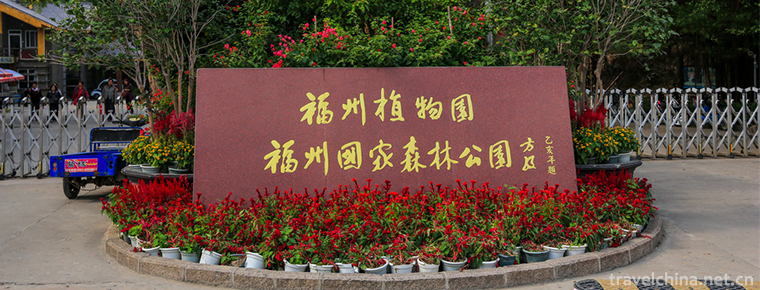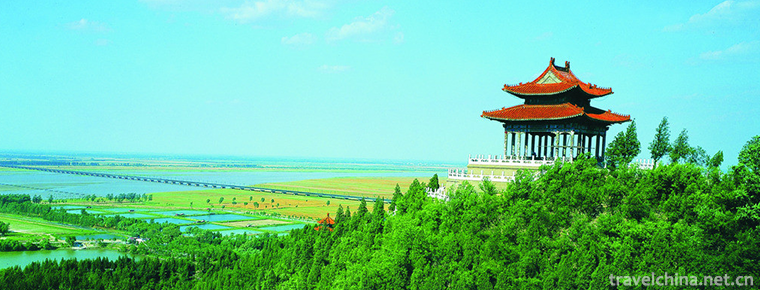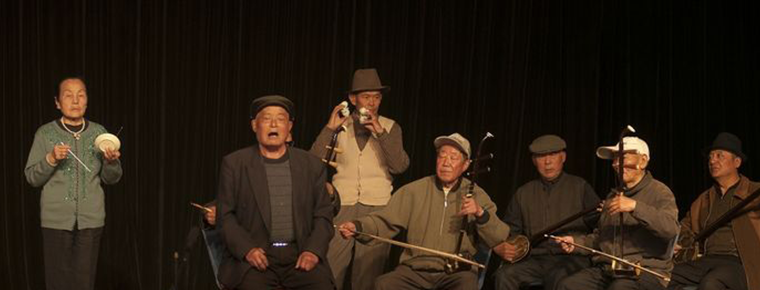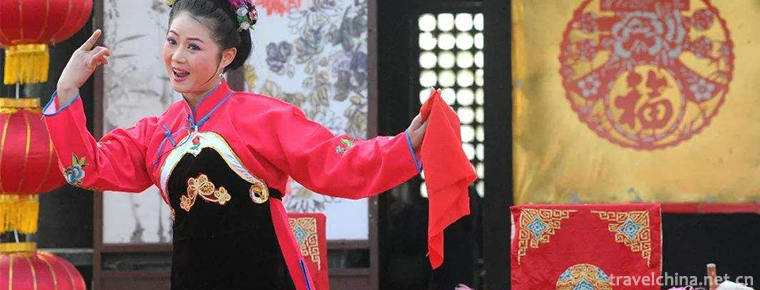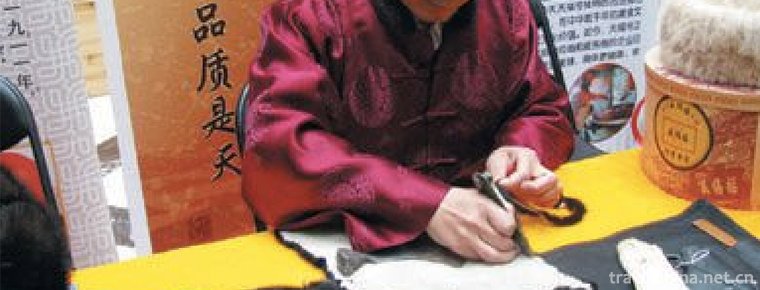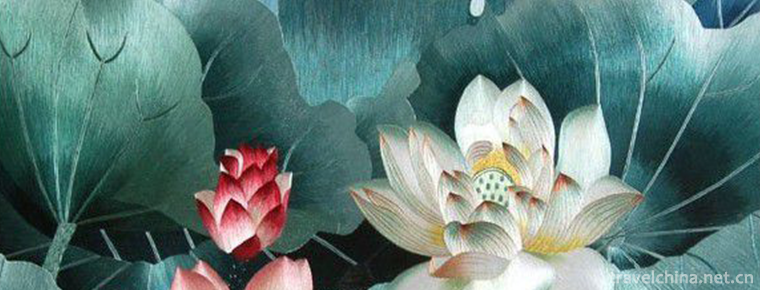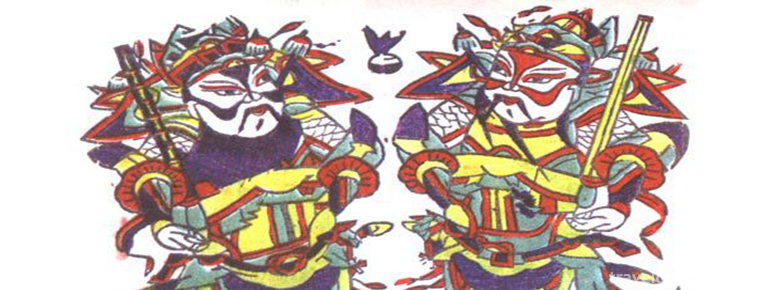Craftsmanship of Lake Pen
Craftsmanship of Lake Pen
Hubi craftsmanship, the traditional handicraft of Shanlian Town, Huzhou City, Zhejiang Province, is one of the national intangible cultural heritage.
The craftsmanship of Lake pen is made by hand, and the craftsmanship is very complicated. From the import of raw materials to the factory, it generally needs to go through twelve major processes, such as material selection, basin, knot, set, Pudun, mosaic, pen selection and engraving, which can be subdivided into more than 120 small processes. The craftsmen adhering to the "fine, pure and beautiful" criteria, produce "sharp, neat, round and healthy" finished Lake pens.
On May 20, 2006, the craftsmanship of Hubi was approved by the State Council and listed in the first batch of national intangible cultural heritage list. Item number_-72.
Historical origin
The birthplace of Hubi is Shanlian Town, Nanxun District, Huzhou City, 35 kilometers southeast of Huzhou City. Shanlian pen-making industry began in the Jin Dynasty. According to the Qing Dynasty Tongzhi's Huzhou Prefecture annals, it is stated that: (Shanlian) a good practitioner and the most sophisticated inhabitant make pens. He was built by Zhiyong Monk (a Sui Dynasty man, a famous King Faji, Wang Xizhi's seventh grandson). He traveled from Lianxi to Yongxin Temple in Jie'an, where his brushwork was gathered. After the development of Tang and Song Dynasties, Hubi has made great progress.
Chinese brushes originated very early, and "Hubi" was famous in the world, when it was in the Yuan Dynasty six or seven hundred years ago. Before the Yuan Dynasty, Xuanbi was the most famous in China. Both Su Dongpo and Liu Gongquan liked to use Xuanzhou pens; after Yuan Dynasty, Xuanbi gradually replaced Hubi, which established the position of the top brush. Hubi, together with Hui ink, Duanyan ink and Xuanjian paper, was called the "Four Treasures of the Study". According to the Record of Huzhou Prefecture, "In Yuan Dynasty, Feng Qingke and Lu Wenbao made pens, and their native habits were exquisite, so the name of Huzhou Pen was born in the world." "Huzhou Feng Bimiao is incomparable, as well as Shen Rixin, a skilled worker. If Yutang waved his hand, he would not hesitate to ask for a price like a pearl. People are willing to pay a lot of money for Lake pens, which shows their outstanding reputation.
The fame of Hu Pen is related to Zhao Mengfu, a calligrapher and painter of Yuan Dynasty. He is very concerned about and attaches great importance to the local techniques of making Hu Pen. According to the Records of Huzhou Prefecture, he once asked people to make his pen for him. Even if one is not satisfactory, he would break it down and reproduce it. The strict quality requirements have been handed down.
After liberation, the Party and the government adopted the policy of "protection, development and improvement" to the handicraft industry, including the Hubi industry. The old branches of the Hubi industry sprouted up and thrived again.
Inheritance and protection
Inheritance value
As the quintessence of Chinese culture, Hubi's exquisite craftsmanship demonstrates the extraordinary wisdom and skills of the working people, and is one of the models reflecting the outstanding creativity of the Chinese nation. The continuous progress of Hubi's craftsmanship has an important impact on the development of Chinese painting and calligraphy art and has promoted the artistic achievements of a large number of famous calligraphers and painters. The unique customs formed in the process of inheritance have a historical understanding of society. Value; the Lake pen culture with distinct regional characteristics, which enriches the connotation of Jiangnan culture, has become an important part of the excellent culture of the Chinese nation; the Lake pen craft has gone all over the country and gone abroad, which has a guiding role in the Chinese brush making skills, has a significant role in promoting cultural exchanges between China and foreign countries since ancient times, and in enhancing the cohesion of the world's descendants of the Yellow Emperor and the Yellow Emperor. Far reaching.
Inheritance status
The exquisite craftsmanship of Hubi is an important part of Hubi culture with distinct regional characteristics. However, the transformation of social culture, the innovation of writing tools and the one-sided pursuit of economic interests have led to the overflow of defective products, the loss of craftsmen and the lack of inheritance in the production of Lake pens. The traditional skills of Lake pens have been greatly impacted, and measures should be taken to protect them.
Inheriting characters
Qiu Changming, male, Han nationality, born in 1950, is from Shanlian Town, Huzhou City, Zhejiang Province. In May 2006, Hubi craftsmanship was listed in the first batch of national intangible cultural heritage list of traditional craftsmanship, project number_-72. In June 2007, Qiu Changming was selected as the representative successor of the first batch of national intangible cultural heritage projects and declared in Huzhou City, Zhejiang Province. Qiu Changming entered Shanlianhu Pen Factory at the age of 16. Yao Guanqing, the veteran artist of Hu Pen, was a teacher. He learned the recognized special skills of Hu Pen Industry. Qiu Changming is very skilled in pen-choosing. His pen is sharp and clear, with a clean top, no hairs and scraps, and his body is white, round and straight. Everyone who uses it feels comfortable and free.
protective measures
Huzhou has the Lake Pen Museum, which displays the past and present life of the Lake Pen in order to protect the culture of the Lake Pen.
Huzhou has held a large-scale Hubi Culture Festival since 2002, and it has been going on till now. Every year, Huzhou is moving toward the city. Schools here have calligraphy and painting classes, and after-school calligraphy and painting studios are full of streets and lanes.
In 1980, the State Bureau of Light Industry listed Shanlianhu Pen Factory as a key project of tapping potential, innovating and renovating, offering a discount loan of 200,000 yuan to renovate facilities.
In 1987, Shanghai Science and Education Film Studio came to Pulian to shoot the science and education film "Hu Bi", which lasted 20 minutes. It vividly described the Hu Bi and its production skills, and retained valuable literature.
Since 2001, Zhejiang Provincial Planning and Economic Commission has arranged special subsidies for the traditional arts and crafts industry. Shanlian Lake Pen Factory, Wang Yipinzhai Bizhuang and other key Lake pen enterprises can basically get tens of thousands of yuan of subsidies every year.
social influence
Important activities
Since 2001, Huzhou City has established the first "Huzhou International Hubi Culture Festival of China". Since then, Hubi Culture Festival has been held every two to three years, and has held five sessions by 2010. Hubi Culture Festival is the most representative and largest modern economic and cultural festival in Huzhou. It is named "Hubi", which reflects the importance and cherishing of the traditional cultural brand of "Hubi" by the Municipal Committee, the Municipal Government and the people of Huzhou. Every series of activities of Hubi Culture Festival contains contents related to the art of painting and calligraphy and Hubi. For example, the first Hubi Culture Festival held an international "Hubi Culture Forum", which received more than 100 papers and articles from 17 provinces, cities, regions and 7 countries such as the United States, Britain, France, Japan and Canada. More than 100 experts, scholars and guests from home and abroad attended the forum.
In 2005, the 3rd Hubi Culture Festival held "Hubi Famous Enterprises (Fang), Famous Articles, Famous Teachers" competitions and other activities.

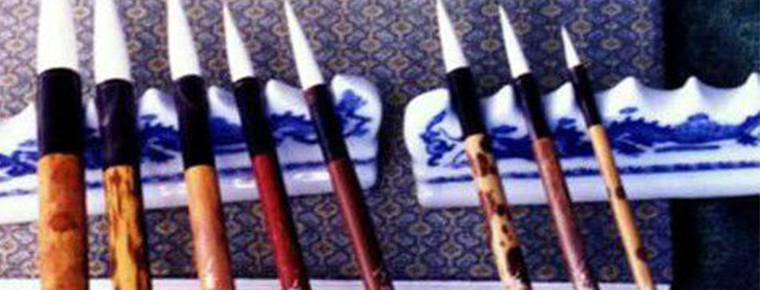
-
Fuzhou national forest park
Fuzhou National Forest Park (also known as "Fuzhou Botanical Garden") is the first National Forest Park in Fujian Province, one of the ten National Forest parks, and one of the six 4A scenic.
Views: 161 Time 2019-01-12 -
Guangyou Temple Scenic Area
Guangyou Temple is located in Liaoyang City, Liaoning Province, with Baita in the West and moat in the east. It covers an area of 60,000 square meters. The central axis of the north and south is archw.
Views: 150 Time 2019-01-13 -
Zhengzhou Yellow River Scenic Spot
The Yellow River Scenic Spot is located 20 kilometers northwest of Zhengzhou City, capital of Henan Province, on the Bank of the Yellow River. It is situated on Weiyueshan Mountain in the South and Ta.
Views: 231 Time 2019-03-18 -
Beipiao Folk Stories
Beipiao Folklore is a local folk literature in Liaoning Province. It includes eight categories: folklore, character legend, fantasy story, life story, animal and plant story.
Views: 169 Time 2019-04-04 -
Legend of Biashla
Biashraze, also known as Ashraze, is the most representative Bimo Master of the Yi nationality. The legend of Ashraze has become divine through oral transmission and artistic processing of language.
Views: 129 Time 2019-04-04 -
Five Palace Tunes in Haizhou
Haizhou Five Palace Tunes is a traditional folk music with a long history. It is an important link of Ming and Qing folk songs in Jiangsu Province. It is a precious relic of ancient "Zhugong Tune.
Views: 109 Time 2019-05-02 -
Liuqin drama
Liuqin Opera, a local traditional drama in Zaozhuang City, Shandong Province, is one of the national intangible cultural heritage..
Views: 141 Time 2019-05-14 -
Making Skills of Sheng Xifu Leather Cap
Shengxifu leather cap production skills need to go through the whole process from matching, picking, blowing, brushing, flat leather, shaving, hand needle sewing to machine sewing, and finally complet.
Views: 134 Time 2019-06-14 -
Shu embroidery
Shu embroidery, also known as Sichuan embroidery, is as famous as Su embroidery, Hunan embroidery and Guangdong embroidery. It is one of the four famous embroidery in China. It is a traditional Chines.
Views: 385 Time 2019-06-15 -
Zhuxian Town Wood Print New Year Picture
Zhuxianzhen Wood Engraving New Year Picture is one of the ancient Chinese traditional crafts. As the originator of Chinese woodcut New Year pictures, is mainly distributed in Kaifeng, Zhuxian Town and.
Views: 133 Time 2019-08-10 -
Meishan administrative division
Meishan City has 6 county-level administrative divisions (Municipal District 2, county 4), and 80 township level administrative divisions (street 13, town 62, township 5). It covers an area of 7134 square kilometers and has a population of 3.5 million. Meishan Municipal People's Government in Dongpo District Meizhou Avenue West Section 2..
Views: 325 Time 2020-12-18 -
Mineral resources in Guangan
Guang'an City is located in the middle part of Huaying Mountain. The mineral resources are mainly distributed in Huayingshan, Tongluoshan and Mingyueshan anticlines, and two synclines of Dongcao and Xicao in Linshui county. More than 30 kinds of mineral depo.
Views: 287 Time 2020-12-19
